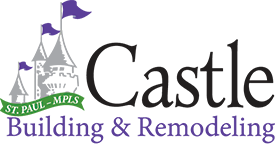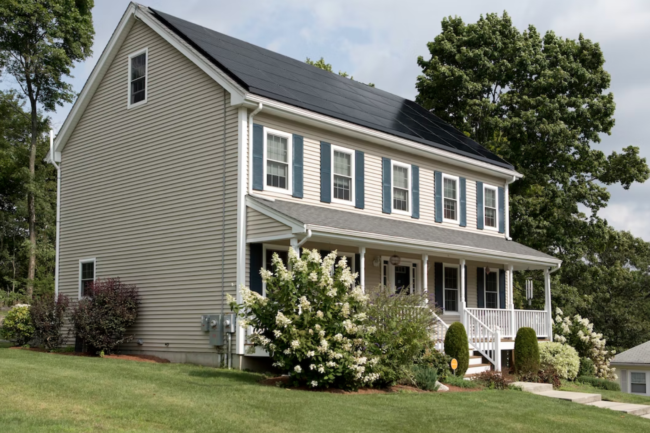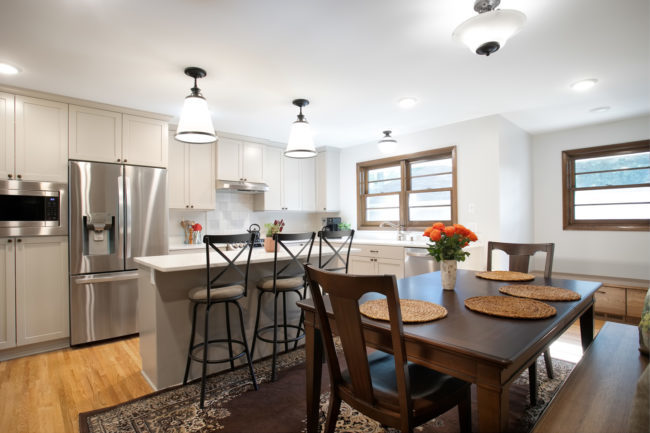Energy costs are one of the highest ongoing costs of homeownership other than the mortgage. Most of the year, we have to heat or cool our homes in order to be comfortable which can get pricey, not to mention the other electricity we use with our appliances and lighting.
To reduce your energy costs, you can adjust your usage some, but it doesn’t always make a big difference if your home isn’t energy efficient. Make your home more energy-efficient and reduce energy costs with these home renovation projects.
1. Replace Your HVAC
HVAC systems become less and less energy efficient over time. If you have an old HVAC system, you can save a lot of money on energy costs by replacing it. Proper maintenance of your HVAC system can extend its life and keep it energy efficient. Remember that HVAC systems should be maintained once a year and often need to be replaced every 10 or 20 years depending on the system.
2. Upgrade Existing Insulation
If you have an older home or a builder-grade new construction home, your existing insulation may be increasing your energy costs. Not all home insulation is created equal. Some insulation, like Hempitecture, is much better at temperature regulation than others. A well-insulated home takes less energy to heat and cool, and is, therefore, more energy-efficient. Investing in upgrading your insulation can go a long way in reducing your home’s energy costs.
3. Insulate the Attic
Oftentimes, attics are not insulated. This is a prime area for heat and air to escape racking up your energy costs. For the attic, spray foam is considered the gold standard for insulation performance. By insulating this area, you’ll be able to regulate your home temperature much easier leading to reduced energy costs.
4. Add Solar Panels
Solar is an alternative energy source that can help you reduce your energy costs dramatically. Though there is a steep upfront cost, solar panels pay for themselves in the long run with the money you save. Solar panels can help power your home and lower your electric bill just by harnessing energy from the sun. Many energy companies also give financial credits to homeowners who produce more energy than they use.
5. Remember Heat Rises
Heat naturally rises up when it’s released into a space, which is why it’s important to start heating from the floors and lower levels first. You’ll notice this most in a multi-story home, where the upper levels are automatically warmer than lower floors. Instead of pumping in heat and hoping it reaches every space, consider putting in heated floors. Using a radiant floor heating thermostat, your entire home will feel warmer and more evenly heated than it would otherwise.
6. Seal Doors and Windows
As you can see, one of the themes to reducing energy costs is preventing heat and air from escaping. Although the cracks and crevices around windows and doors may be small, they still let a lot of heat in the summer and cold in the winter. Liquid-applied flashing is the best for sealing doors and windows because it provides a super tight barrier from both water and air.
Since the sealant is liquid it can be applied over any shape, minimizing the risk for error. Liquid-applied flashing also adheres to almost any material including metal, wood, and concrete so no matter the framing of your house, you can ensure it will provide the durable seal you need.
7. Go For New Appliances
Appliances like your refrigerator, washing machine, dryer, and dishwasher all consume a lot of energy. Older appliances were not designed for maximum energy efficiency like they are now. New appliances have the technology to use as little energy as possible which means that if you have old appliances, upgrading them can help reduce a lot of energy costs.
Each of these renovation projects can help reduce energy costs, but if you want to know where to start in your own home, get an energy audit.
Lisa Thompkins is a freelance writer living in Dallas, Texas. She works closely in the Home Improvement and Real Estate fields and has a background in Interior Design. When not writing, Lisa enjoys spending her time out on the lake with her friends and family. Lisa’s work as a freelance writer can be found on Building Product Advisor, a new construction industry resource launching in Fall 2022.




